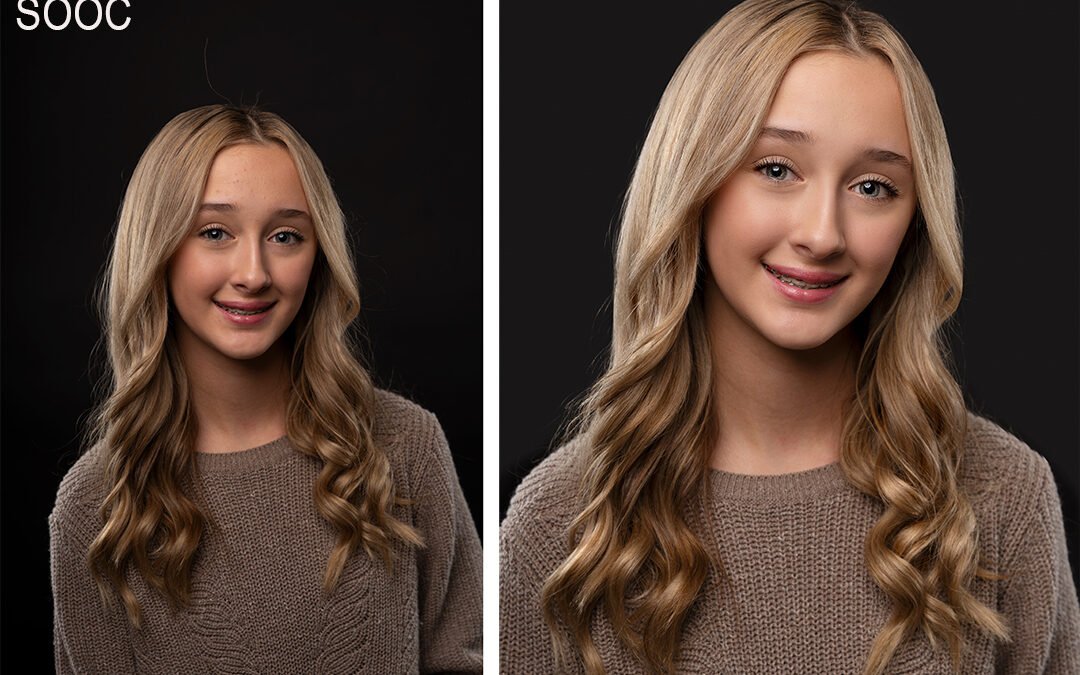Professional headshot retouching is essential for creating a polished, confident image—whether for LinkedIn, acting portfolios, or corporate branding.
(Editing and Retouching sample)
Editing and retouching a professional headshot requires a balance between enhancing the subject’s natural features and maintaining a realistic, polished look. Here are what I do to achieve a professional result:
1. Start with a High-Quality Image
- Ensure the original photo is well-lit, in focus, and properly composed.
- Shoot in RAW format (if possible) for greater editing flexibility.
2. Basic Adjustments (Global Edits)
- Exposure & Contrast: Adjust brightness and contrast to ensure a balanced tonal range.
- White Balance: Correct any color casts to achieve natural skin tones.
- Cropping & Framing: (I sometimes crop at the end) Follow the rule of thirds; ensure the headshot is properly centered and cropped (typically from mid-chest up).
3. Skin Retouching (Subtle & Natural)
- Blemish Removal: Use the Spot Healing Brush or Clone Stamp to remove temporary imperfections (pimples, stray hairs, etc.).
- Even Out Skin Texture: Use Frequency Separation (advanced technique) to separate texture from tone for smooth but realistic skin.
- Dodge & Burn when needed: Enhance facial structure subtly by lightening (dodging) highlights and darkening (burning) shadows for dimension.
- Reduce Shine: Soften oily highlights on the forehead, nose, and cheeks using a Soft Brush or Clone Stamp at low opacity.
4. Eye & Teeth Enhancement
- Brighten Eyes: Slightly enhance the whites of the eyes (avoid over-whitening).
- Sharpen Iris: Add a subtle clarity boost to make the eyes pop.
- Teeth Whitening: Gently brighten teeth without making them look unnaturally white.
5. Hair & Flyaway Fixes
- Clean up stray hairs using the Clone Stamp or Healing Brush.
- Add slight sharpening or texture to hair for definition (if needed).
6. Maintain Realism
- Avoid excessive smoothing (no “plastic skin” effect).
- Preserve natural pores, freckles, and texture.
- Zoom out frequently to check how the retouch looks at normal viewing size.
7. Consistency in Editing Style
- Match the retouching style to the subject’s profession (corporate, actor, model, LinkedIn, etc.).
- Keep the background clean and distraction-free (solid color or subtle blur).
A professional headshot should look refined but never over-edited. The goal of Professional Headshot Retouching is to enhance, not transform.
If you need a professional headshot, contact us now and let’s chat!



Recent Comments